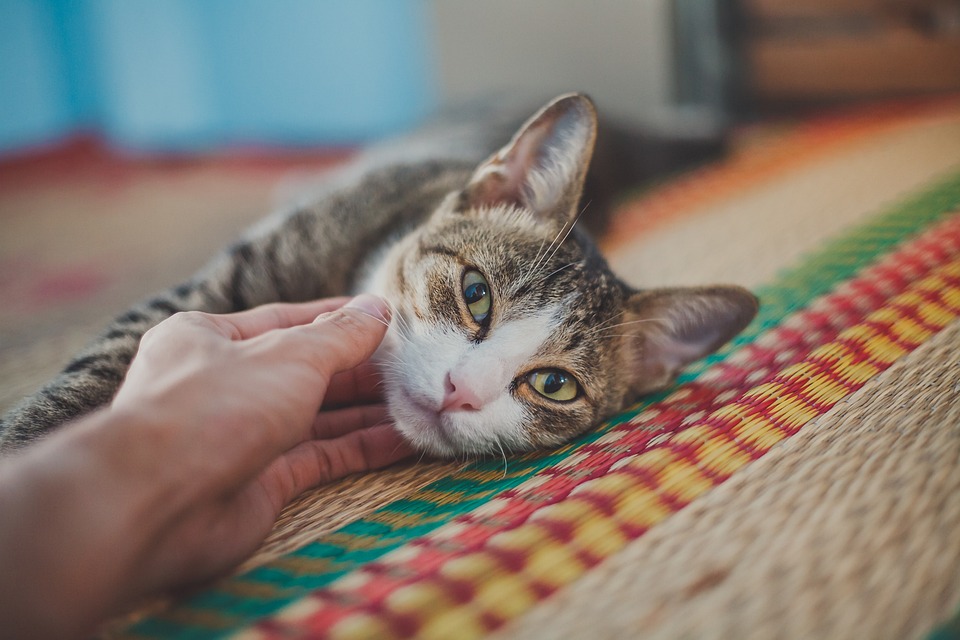Taking care of your cat’s ears is an essential part of maintaining their overall health and preventing infections. Regular ear cleaning can help eliminate excess wax, debris, and potential irritants, ensuring your feline friend’s ears stay clean and infection-free. In this article, we will guide you through the process of cleaning your cat’s ears safely and effectively, while also addressing common concerns and frequently asked questions about cat ear care.
Why is Cleaning Your Cat’s Ears Important?
Understanding the significance of ear cleaning for cats is crucial to their overall well-being. Cats are prone to ear infections, especially those with long and floppy ears or excessive hair in their ear canals. By cleaning your cat’s ears regularly, you can prevent ear infections and related health issues. Additionally, proper ear care promotes your cat’s overall comfort and happiness.
Gathering the Necessary Supplies
Before you start cleaning your cat’s ears, it’s important to gather the necessary supplies. This includes a cat-specific ear cleaning solution, which can be purchased at pet stores or recommended by your veterinarian. It’s vital to choose a product specifically formulated for cats, as human ear cleaners or homemade solutions can be harmful to your pet. Additionally, have soft cotton balls or gauze pads on hand for wiping away debris.
Step-by-Step Guide to Cleaning Your Cat’s Ears
1. Preparing your cat for the cleaning process is essential to ensure a stress-free experience. Find a quiet and calm environment where you and your cat can be comfortable. Introduce your cat to the ear cleaning routine by gently touching and massaging their ears regularly, even when you’re not cleaning them. This helps them become familiar with the process and reduces anxiety.
2. Inspect your cat’s ears for any abnormalities before starting the cleaning process. Look for redness, swelling, discharge, or a foul odor, which may indicate an ear infection or other issues. If you notice any abnormalities, consult your veterinarian for proper diagnosis and treatment.
3. Choose the right cleaning solution for your cat’s ears. There are different types of ear cleaners available, including liquid solutions, wipes, and sprays. Consult your veterinarian for their recommendation and always opt for veterinarian-approved products to ensure your cat’s safety.
4. Apply the cleaning solution correctly by following the instructions provided by the manufacturer. Gently lift your cat’s ear flap and apply a few drops of the solution into the ear canal. Avoid inserting the applicator or any other objects deep into the ear canal, as this can cause injury or discomfort.
5. Massage the base of the ear to loosen debris and distribute the cleaning solution. Use gentle and controlled motions, starting at the base of the ear and working your way up. This helps the solution reach all areas of the ear canal and encourages your cat to relax during the process.
6. Wipe away debris and excess solution using soft cotton balls or gauze pads. Gently clean the visible part of the ear canal, being cautious not to insert anything deep into the ear. If your cat’s ears are particularly dirty, you may need to repeat this step a few times until they are clean.
7. Reward your cat and offer positive reinforcement after each ear cleaning session. This helps create a positive association with the experience and reduces stress for future cleanings. Give your cat treats or praise for their cooperation, making it a pleasant experience for both of you.
Frequently Asked Questions (FAQs)
1. How often should I clean my cat’s ears?
The ideal frequency for ear cleaning depends on your cat’s individual needs. Some cats may require more frequent cleanings, while others may need less. Factors that may influence the cleaning schedule include your cat’s breed, ear shape, and any underlying health conditions. Consult your veterinarian for guidance on how often to clean your cat’s ears.
2. How can I tell if my cat has an ear infection?
Common signs and symptoms of ear infections in cats include redness, swelling, discharge, a foul odor, head shaking, and scratching at the ears. If you notice any of these symptoms, it’s important to consult your veterinarian for proper diagnosis and treatment.
3. Can I use homemade solutions to clean my cat’s ears?
It is not recommended to use homemade solutions to clean your cat’s ears. Homemade remedies can be ineffective and potentially harmful to your cat’s delicate ears. It’s best to opt for veterinarian-approved products specifically formulated for cats.
4. Are there any specific breeds that require more frequent ear cleaning?
Certain breeds, such as Persians or Scottish Folds, may require more frequent ear cleaning due to their unique ear structures or excessive hair in their ear canals. It’s important to consult your veterinarian for breed-specific care guidelines and recommendations.
5. What should I do if my cat resists ear cleaning?
Handling a reluctant or uncooperative cat during ear cleaning can be challenging. Start by ensuring a calm environment and using gentle, reassuring gestures. If your cat continues to resist, it may be necessary to seek professional assistance from a veterinarian or a groomer experienced in handling difficult cats.
Conclusion
Regularly cleaning your cat’s ears is essential for their overall health and well-being. By following the step-by-step guide outlined in this article and addressing any concerns through the FAQs section, you can ensure safe and effective ear cleaning sessions for your feline companion. However, if you ever have doubts or notice any abnormalities, it’s always best to consult with your veterinarian for professional advice and guidance.








